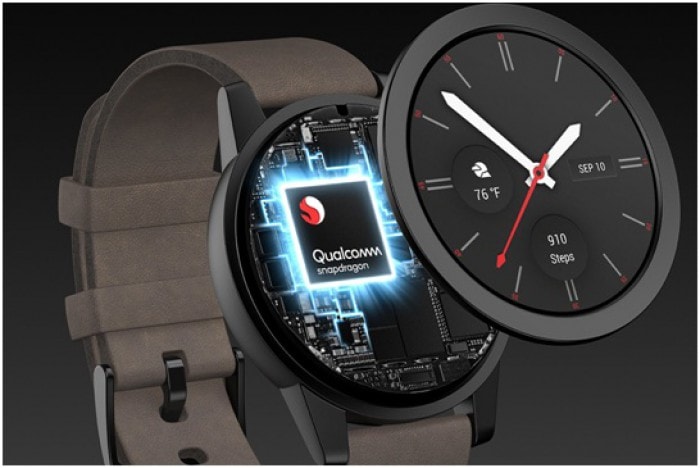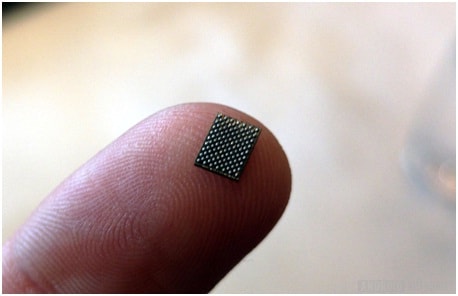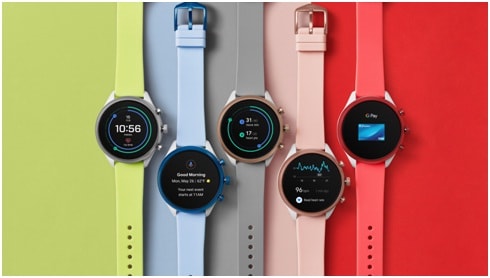
Time waits for nobody, and in the terms of smartwatch that implies the Qualcomm Snapdragon Wear 3100 is long overdue. The most recent chipset for Wear OS by Google wearables, it grabs from the point where its predecessors left off, just with the guarantee of better performance, increasingly flexible displays, and fundamentally longer battery life. Read on for five things you have to know about snapdragon 3100 watches.
- It’s long overdue
Maybe we’ve been ruined by the quick moving pace of the cell phone processor world, where new chips turn out after every twelve months – if not sooner. All things considered, it’s difficult to contend that the Snapdragon Wear 3100 platform has taken as much time as necessary to come to market. After all, the chipset it’s supplanting – the Snapdragon Wear 2100 – was propelled right back in February 2016.
With no genuine competition in the Wear OS by Google chipset space, that is implied a genuinely stale silicon market for creators of smartwatches. Thus, it has restricted the measure of watch miniaturization that should be possible, and what kind of runtimes even fairly enormous batteries – in wearable terms – could accomplish. To put it plainly, we saw smartwatches dispatch as recently as IFA 2018 prior this month running the equivalent chipsets as models launched at IFA 2016. Snapdragon Wear 3100 couldn’t arrive early enough.
- The biggest news is a tiny co-processor

Qualcomm, however, hasn’t been idle in that interceding period. Snapdragon Wear 3100 presents a critical change in architecture, both in how the chip is detailed and how the processor cores are utilized. It’s being alluded to as “Big-Small-Tiny” and it includes an entirely new co-processor.
At the truly difficult end of the things, there are as yet four ARM A7 cores running at up to 1.2 GHz. However much as could be expected, in any case, Qualcomm needs to keep them turned off: in light of current circumstances, as they’re moderately power hungry. Rather, it would prefer to utilize the new DSP and custom QCC1110 co-processor.
The QCC1110 is a small, 7nm chip that sips twenty times less control than the standard application processor. Running RTOS, it’s intended to run the surrounding modes when the smartwatch isn’t being effectively utilized, just as taking in contribution from sensors and more. To put it plainly, tasks that a Snapdragon Wear 2100 based smartwatch would need to wake the application processor for, a Snapdragon Wear 3100 smartwatch can regularly delegate to the more cheap co-processor.
- Battery life is getting a huge boost
The end result to that is battery life. The co-processor assists with what Qualcomm says is a critical decrease in power-utilization versus the old chipset, however GPS, sensor handling, WiFi and Bluetooth voice questions, MP3 playback, and more have additionally been made increasingly effective.
So, what amount of a difference might that make? Qualcomm tells that, contingent upon the size of the battery and wearable functionality, you can see anything from 4 to 12 hours more runtime from a Snapdragon Wear 3100 watch as compared to the old chipset.
There’ll be hierarchies of power utilization versus usefulness. A Traditional Watch Mode, for example, will kill off everything except the basics, and surrender you to seven days from the charger. At the extreme, you could get as long as 15 hours of dynamic GPS use from a fitness tracking smartwatch, versus the around 3-4 hours of the old platform.
- It’s arguably smartest when you aren’t using it

As indicated by Qualcomm and its partner’s research, by far most of the time a smartwatch is on your wrist, you’re not utilizing it. Surely, wearables get used just 5-percent of the time, the chip-makers claims. The other 95-percent, they’re inert.
Inactive, yet not futile. While trying to make fashion smartwatches all the more appealing to take a look at, and wearables in general progressively functional initially, Qualcomm has supported the ambient modes on Snapdragon Wear 3100-fueled devices.
In this way, there’s an Enhanced Ambient Mode which still conveys a smooth-moving second hand, live inconveniences, up to 16 colours, and versatile brightness, yet still needn’t wake the application processor. In that mode, you’re getting a great part of the smartwatch experience, however in a super-parsimonious state. All with a design that looks considerably more like a normal watch.
